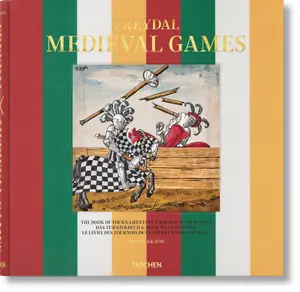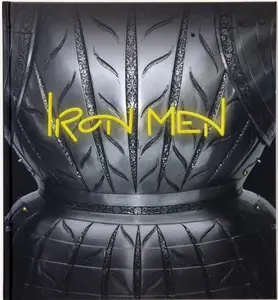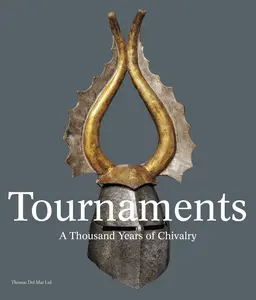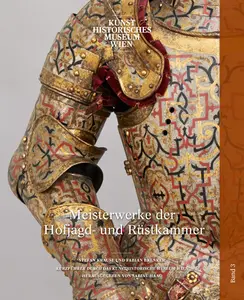Many of the armours are custom-made by the leading armourers of their time. Some of the most magnificent examples include the field armour of Count Palatine Frederick I by Tommaso Missaglia, the field armour by Lorenz Helmschmid for Emperor Maximilian I, the boy’s armour with steel skirt by Konrad Seusenhofer for the future Emperor Charles V, the half-armour alla romana by Filippo Negroli, and many more. For the diverse decorations (e.g. etched and embossed designs), templates by renowned artists such as Albrecht Dürer or Hans Holbein were used sometimes.
Imperial Armoury
The Imperial Armoury is amongst the leading collections of its kind in the world. Thanks to the Habsburgs' particular passion for the craft of armour-making and the extensive collecting activities of various members of the dynasty, the collection is exceptionally high-quality and diverse. Moreover, it is the best-documented dynastic armoury in the Western world, as its growth is recorded through numerous inventories as well as the world's first museum catalogue: the Armamentarium Heroicum by Jacob Schrenck von Notzing from 1601/03.
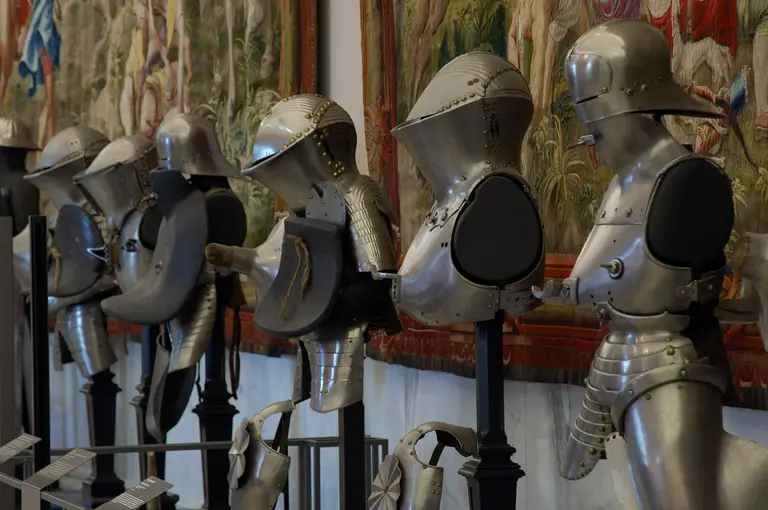
About the collection

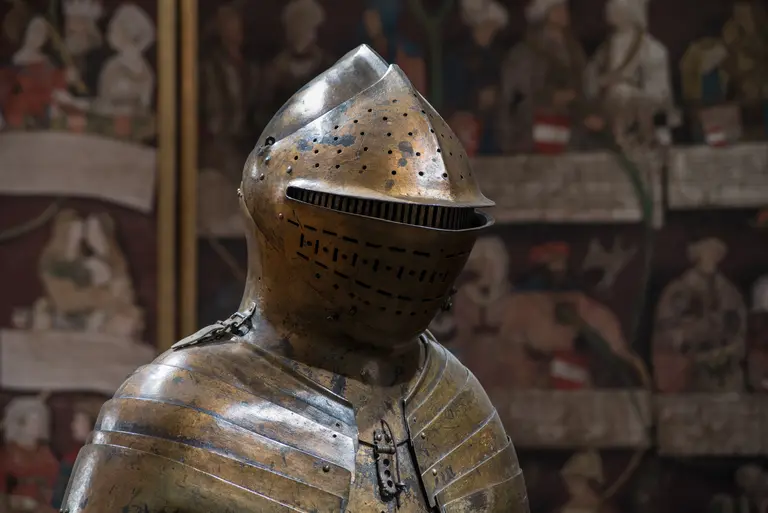

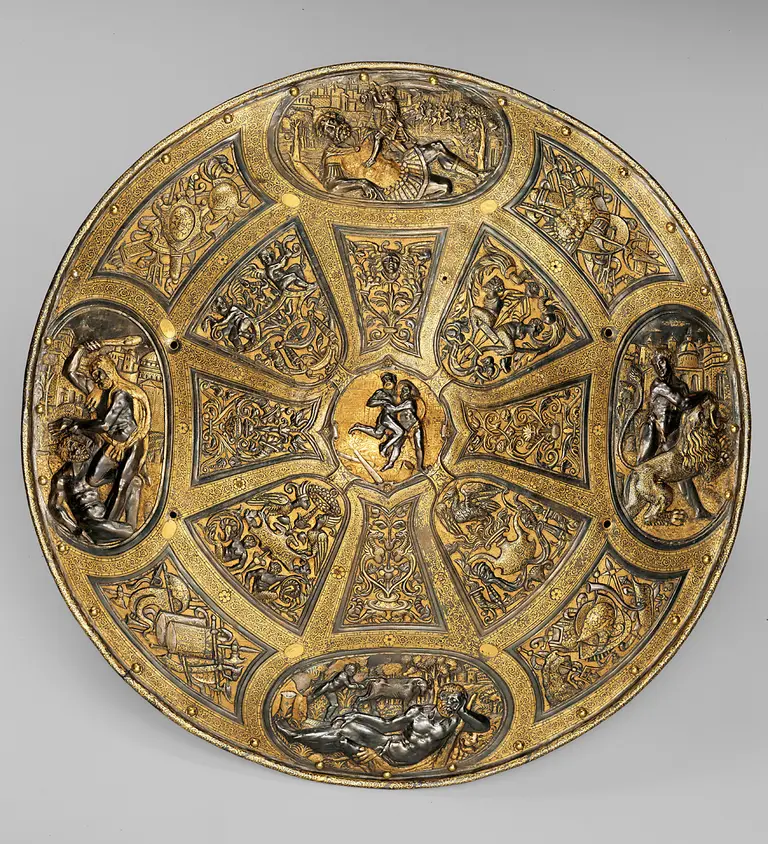
Research projects on the collection
Publications of the collection
Lecture series
RüstkammerTalks
Discover our lecture series RüstkammerTalks!
The program brings together experts from various disciplines to open up new, unusual perspectives on the collection. Discover hidden stories, brand new research and surprising connections!
Contact
Permanent exhibition
The Imperial Armoury has its permanent home at the Neue Hofburg Palace. Access via The Weltmuseum Wien.
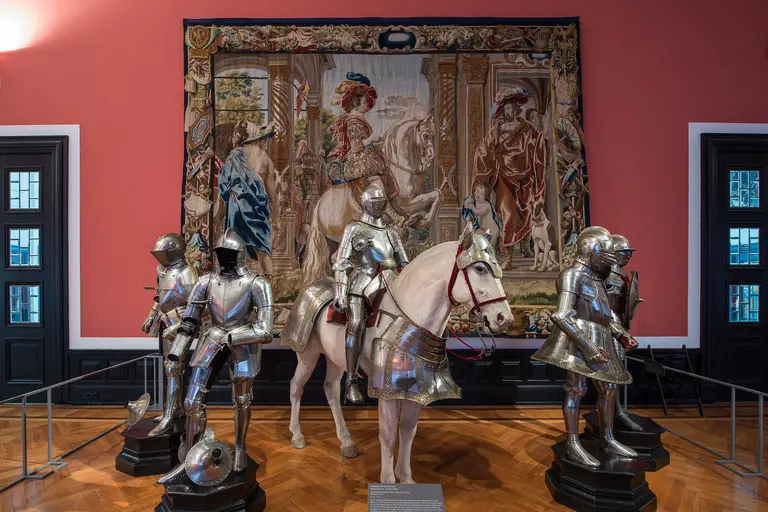
The Vienna Imperial Armoury is the most historically diverse and best-documented collections of its kind. It brings together objects of superb quality from over 1,000 years of history, with a particular emphasis on the fifteenth, sixteenth, and seventeenth centuries.
The highlights of the collection are perhaps the Armour for a Horseman by Tommaso Missaglia, the Cuirassier Armour by Lorenz Helmschmid for Emperor Maximilian I, the Boy's Folded Skirt Armour by Konrad Seusenhofer for the future Emperor Charles V, or the Half-Armour alla Romana by Filippo Negroli. The magnificent etchings for the armour were often based on designs by famous artists of the likes of Albrecht Dürer and Hans Holbein the Elder.
